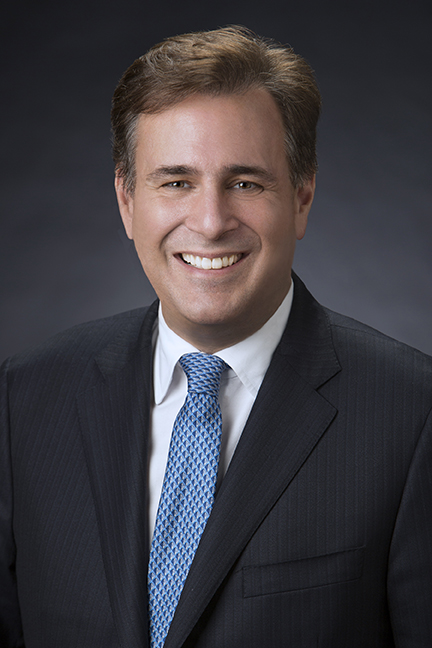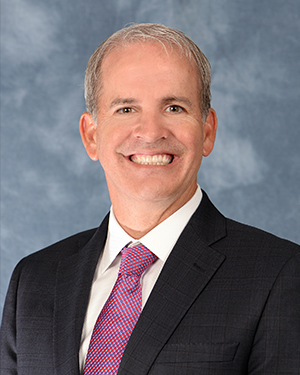
|
||
|---|---|---|
|
Crain’s article by Dr. James Grant and Todd Van Tol outlines how health care payment model can be fixed The following article appeared in a recent issue of Crain’s.* We’re including it in this issue of Hospital and Physician Update in case you missed it. Blue Cross execs: Pandemic proved fee-for-service health care payment model is broken. Here’s how to fix it It's no shock to anyone reading this that there is an affordability crisis in American health care. And while much of the focus is rightly centered on the cost of services, how those services are paid for also is a factor that influences the pocketbook pressures consumers face every day. The COVID pandemic continues to spotlight the heroic efforts of those within our health care system — particularly those on the front lines of delivering care. But it also has confirmed that our traditional fee-for-service payment approach is antiquated and doesn't serve our population well, especially for providers when they are managing a global crisis. Historically, insurers like Blue Cross pay physicians, hospitals and pharmacies per unit of service. During the pandemic, services that brought steady cash flow to providers, like office visits and elective procedures, slowed to a trickle. Revenues dropped significantly — precisely when health system resources were desperately needed. Moving to transform payment to a value-based system — with payments tied to quality, cost effectiveness and patient experience — offers a solution that should diminish negative effects on providers during the next dramatic shift in health care. Throughout the pandemic, health care providers navigated uncharted challenges, while determining how to safely care for their patient populations. For example, incorporating telehealth enabled physicians to monitor and care for patients who were isolating at home, but many practices did not have the resources to ramp up those services. In response, to help our members and their providers, Blue Cross Blue Shield of Michigan advanced $687 million in payments to hospitals and physicians to help maintain cash flow while their fee-for-service, episode-based services slowed or temporarily closed. But imagine if payment was tied to the quality of care provided and outcomes achieved, rather than volume? If your primary care physician was paid not for every office visit or procedure but for the overall management of your health? If they had more time to spend with you, to prevent conditions from worsening and prevent the need for costly procedures and hospital stays? That's the value-based model. The antiquated fee-for-service payment model prioritizes volume over value. This model put everyone, especially physicians and hospitals, at severe financial risk during the COVID pandemic. Value-based reimbursement approaches are not new to Blue Cross. We have been collaborating with providers for over 15 years to reward high quality, affordable care by tying a percentage of payment to specific quality, safety and outcomes goals and the capabilities that produce them. In 2019, we launched Blueprint for Affordability, a program in which Blue Cross and providers share accountability for patient care quality and cost effectiveness. In this arrangement, providers agree to be paid according to how well patient outcomes are managed. Models like Blueprint for Affordability progress further into the value-based payment spectrum by tying payment to how well a care system manages the care of the patients they share. These models enable health care professionals to be paid when they collaborate with each other to coordinate quality, affordable patient care, deliver preventive services, and avert avoidable hospitalizations and complications. Value-based payment models can give providers a reliable income stream to aid them in successfully managing the health of their patient population. Conversely, the outdated fee-for-service model has failed to keep health care costs in check, discouraged care coordination, rewarded redundancy, and put health care providers at financial risk during an extreme public health challenge. Value-based models are advancing in both commercial and government plans. The Centers for Medicare and Medicaid Services' goal* is for every Medicare beneficiary to be in a care relationship with accountability for quality and total cost of care by 2030. The U.S. health care industry is transitioning to value-based payment models. We've made progress here in Michigan, but we must do more. As reported by Deloitte, in 2020, only 36 percent of physicians drew compensation from value-based payments. Evolving the focus of payment toward value benefits all stakeholders by aligning incentives with good outcomes. It encourages a better patient experience. It incentivizes innovative efforts to keep patients healthy, prevent re-admissions, avoid unnecessary tests, and reduce complications. It makes health care more affordable for everyone. These are objectives desired by everyone who pays for health care, and those who provide it. Dr. James Grant is senior vice president and chief medical officer of Blue Cross Blue Shield of Michigan. Todd Van Tol is Blue Cross’ executive vice president for Health Care Value.
*Blue Cross Blue Shield of Michigan doesn’t own or control this website. | ||||
Blue Cross Blue Shield of Michigan and Blue Care Network are nonprofit corporations and independent licensees of the Blue Cross and Blue Shield Association. |

